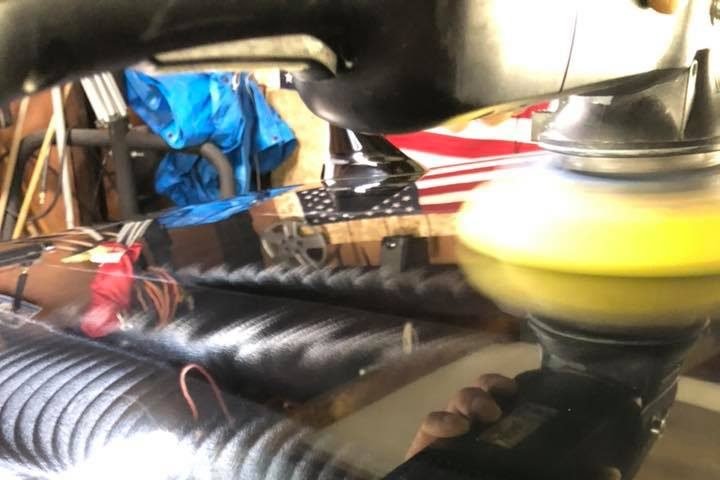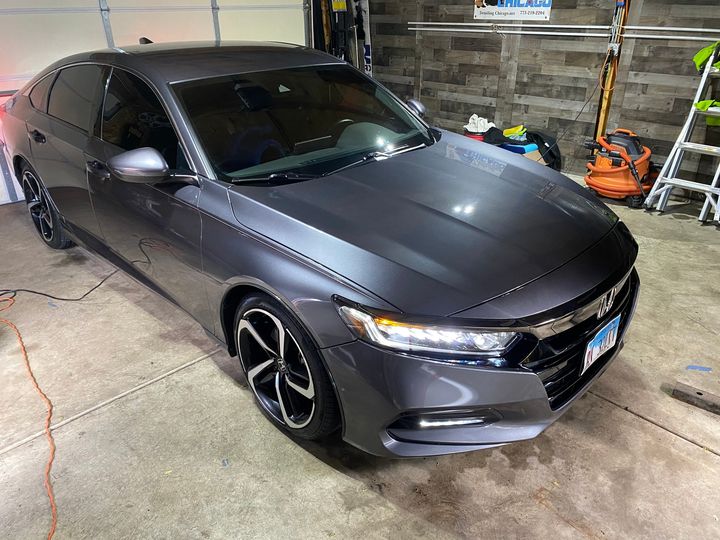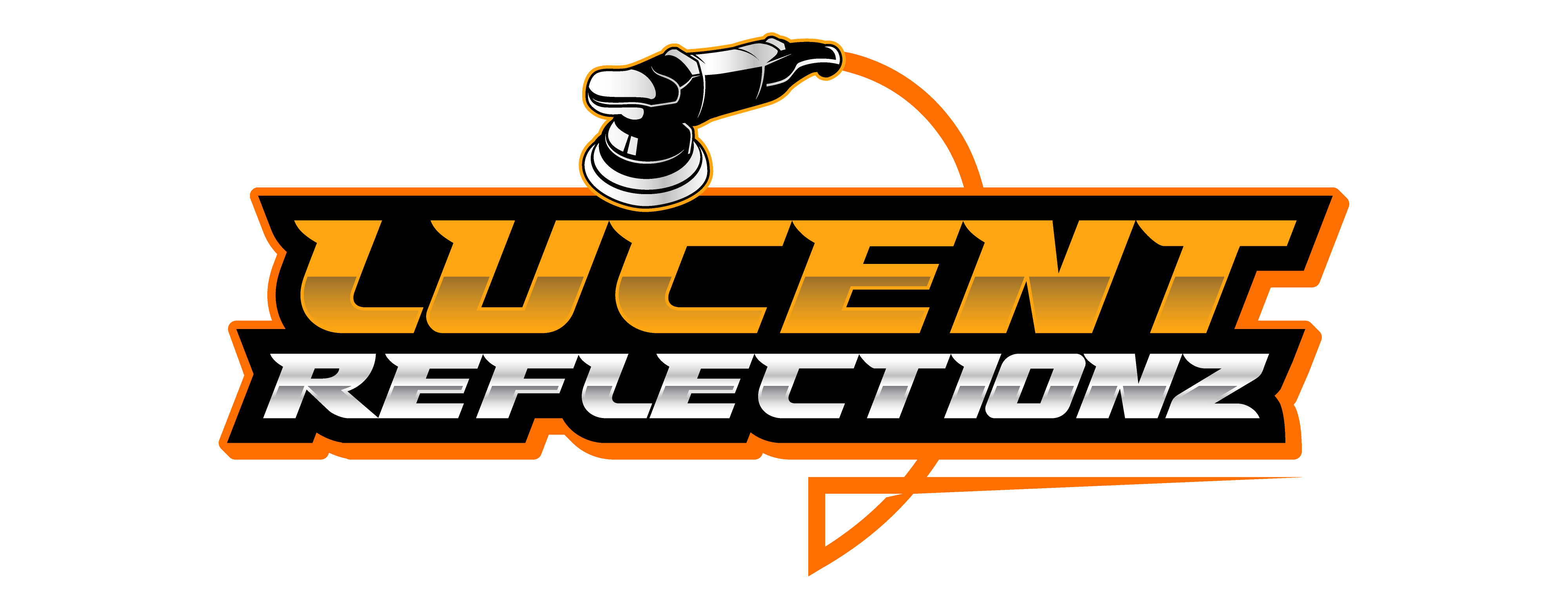A three-stage paint correction procedure has been attempted and tested to remove faults from painted surfaces on automobiles. The three techniques enable rapid and thorough fault removal without hologramming or machine-induced swirl marks. The three steps refer to three different methods of paint machine polishing. These three stages do not include preparation or complete protection. Lucent ReflectionZ will help you learn more in this article.

Making preparations for a paint correction
The paint needs to be cleaned entirely before any adjustments are made. Swirl marks may form if contaminants are left behind after polishing. Utilizing chemicals and a foam cannon, remove any loose dirt or debris from the paint. After being washed, the vehicle is dried with a luxury microfiber towel. Then, based on the degree of contamination, we select the appropriate clay bar grade.
Clay bars remove any lingering paint impurities during the preparation phase. The car is rinsed with a touchless wash and then dried again. Next, we secure fragile parts like trim and emblems with masking tape. The vehicle’s paint is now ready for inspection and adjustment.
The three stages of paint correction
Step 1: Get rid of critical defects.
At Lucent ReflectionZ, this is the first step in the natural paint correction process. Depending on the severity of the flaws, we’ll either utilize a rotary polisher or a dual action polisher. Severe imperfections, such as deep scratches and swirl patterns, are eliminated by rotating equipment. To remove slight to moderate flaws, use a dual action polisher. A thick-cut foam or wool pad is frequently used with each machine. We typically use a thick-cutting compound at this phase.
Step 2: Refine the paintwork.
This second step aims to achieve the best possible paint quality. The next stage will be more straight forward if this one is done correctly. Utilizing a dual action polisher, a medium cut pad, compound, and polish are typical during this stage. We concentrate on one panel at a time to make the optimum location and panel combination decisions. We update the remaining panels when the test component produces the required outcomes. If the car starts to get dirty while doing this, we rewash it.
Step 3: Finish polishing
The paint is polished as the last stage of paint correction. The paint will start to gleam and dazzle after doing this. Working on one panel at a time, we employ a dual action polisher and a finishing foam pad with a delicate polish. After the final polish, we examined the paint to ensure no polishing residue has remained.

Why should you have paint correction?
It affects the paint’s life expectancy.
By gathering water, oxidation, chemicals, dirt, and pollutants over time, minor scratches slowly degrade the paint. Corrosion and rusting may arise, and fixing these problems can be expensive. Paint correction eliminates and protects these imperfections.
It makes your car paint shine.
The clear coat is repaired with paint correction. The glossy, wet luster of the paint will be restored by polishing. Your car will appear years younger thanks to fresher, brighter, and more colorful paint.
Lucent ReflectionZ offers the best paint correction service in Oak Lawn, Illinois.
With our extensive experience, Lucent ReflectionZ‘s detailers can ensure that your paintwork is leveled to a showroom shine for the best possible paint correction. All of your needs for car detailing will be met by our highly qualified team! Visit us at 470t1 W 97th Place Oak Lawn, Illinois 60453 or give us a call at 7732192204 or email us at lucentreflectionz@gmail.com.
